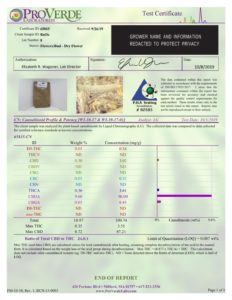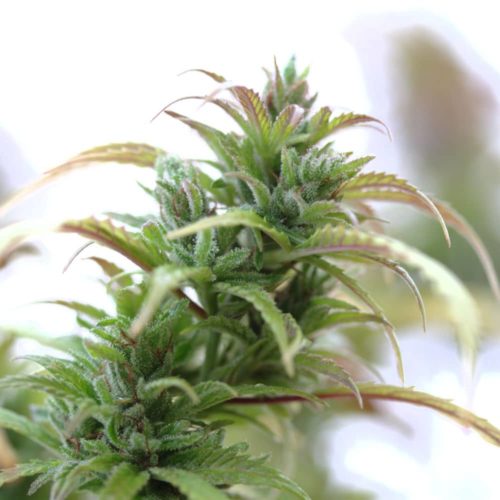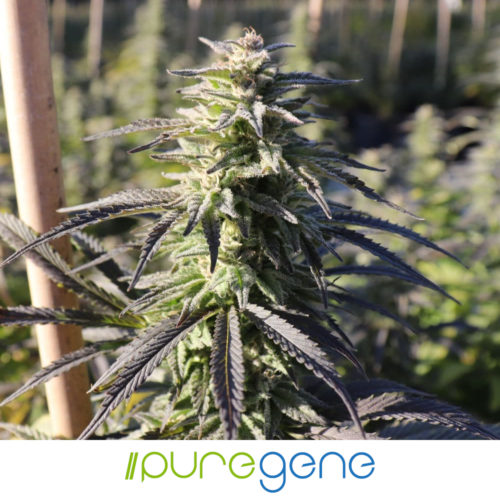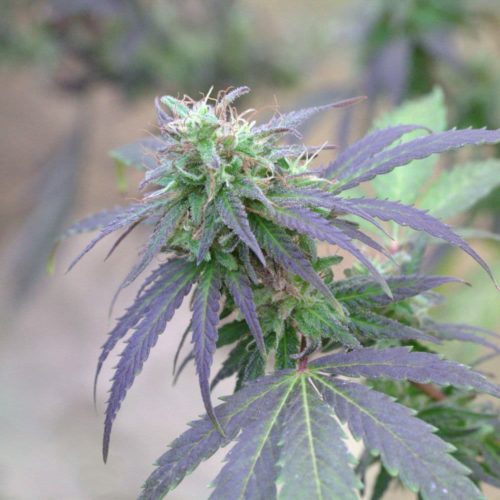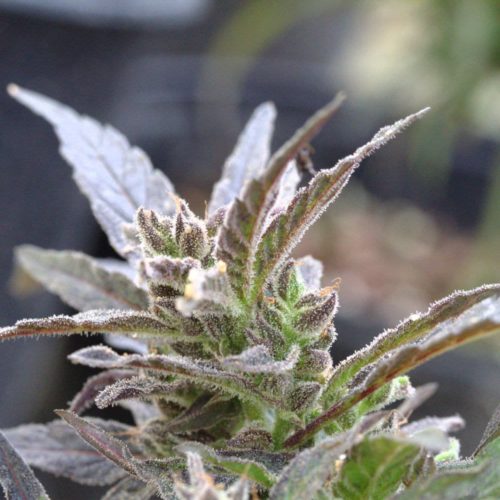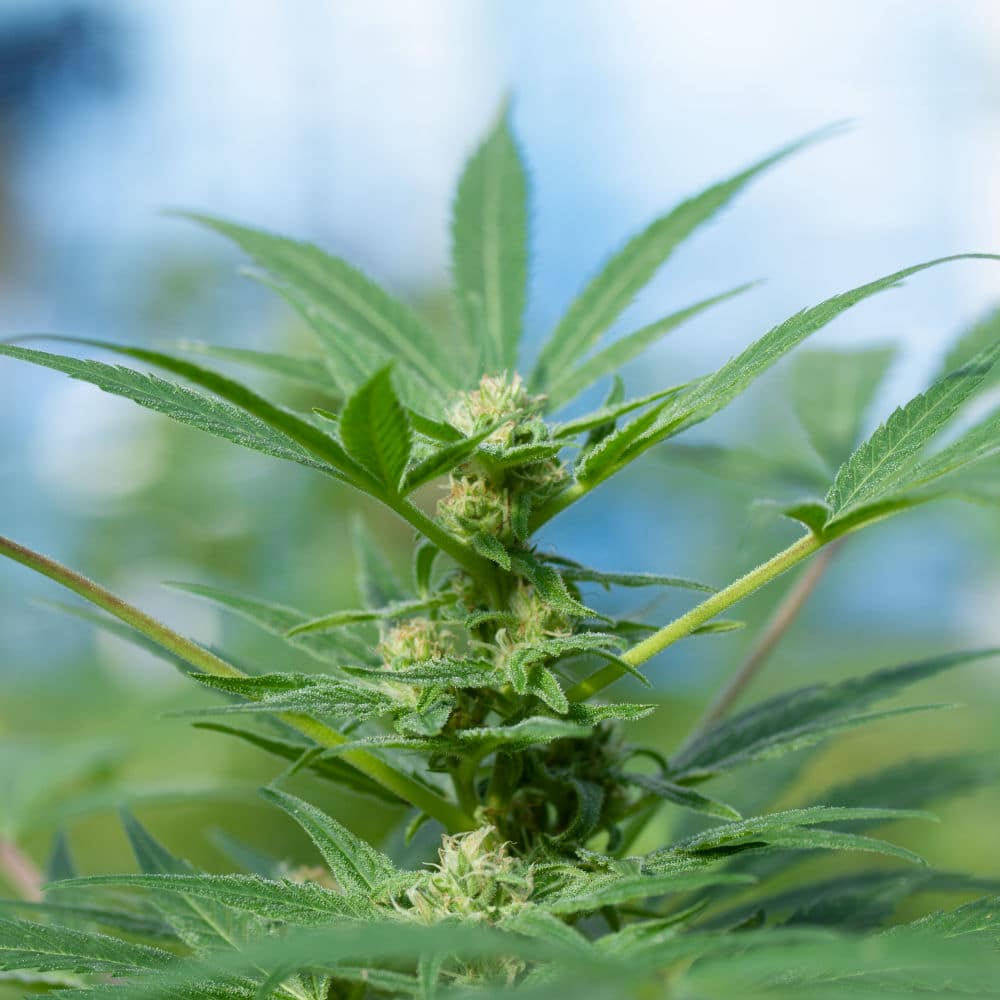
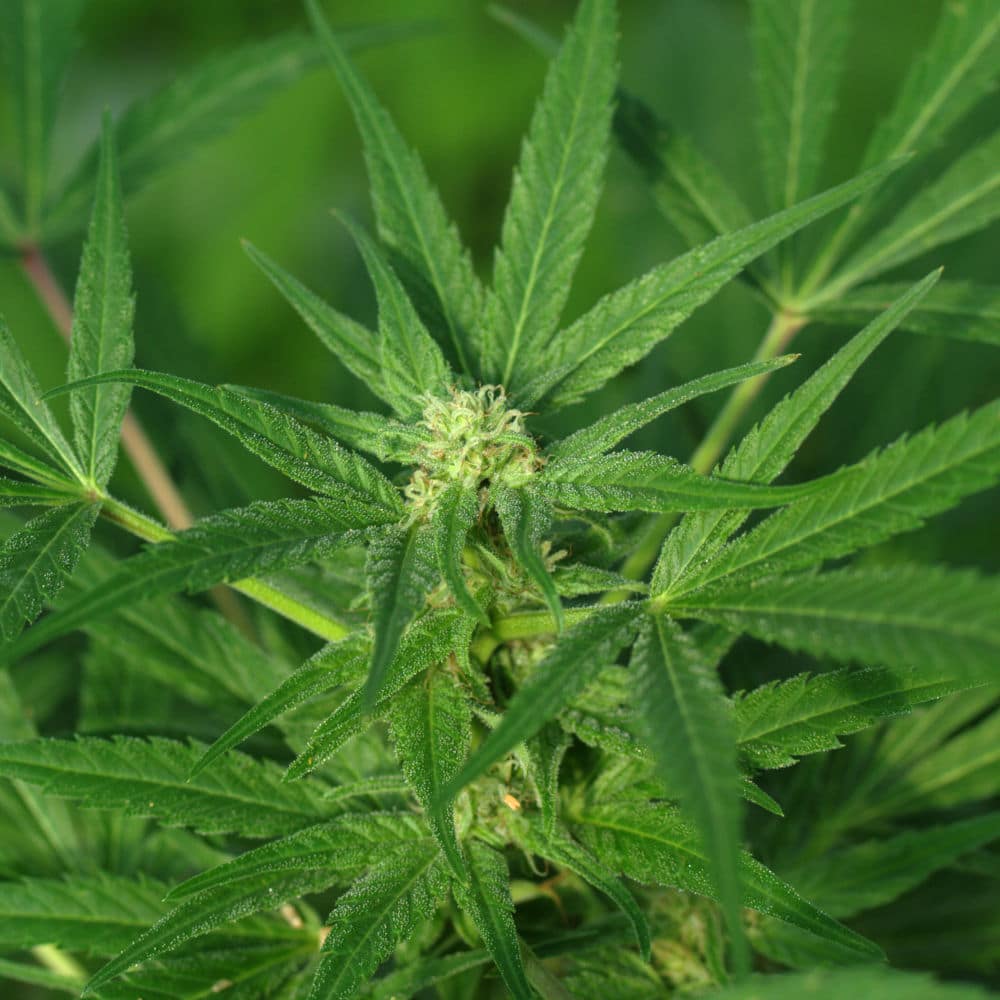
BaOx
- CBD: 8 – 10%
- Reliable humidity tolerance
- Strong potential for extraction and/or fiber production
- Resistance to insects and fungal pathogens
Out of stock
Description
| Max CBD | 8 – 10% |
| CBD:THC Ratio | 25 : 1 |
| Max CBD (Delta 9 State) | 16 – 19% |
| Target Planting | April – Mid-July |
| Target Harvest | September – October |
| Spacing | 4-5′ centers |
BaOx provides vigorous growth that farmers have come to depend on as a reliable CBD producer in a range of climates all over the country. Flower production occurs just as rapidly as vegetative. The variety shows short and dense resinous buds that develop faster than most. Cannabinoid percentages are predictable, coming in anywhere from 9-14% CBD and consistently <0.3% THC.
Because of a higher than average tolerance to pests and fungus, BaOx has a particularly strong reputation in the southeast, where other varieties are known to struggle with the high humidity. If you’re growing outdoors in the southeast and looking for a large fast-growing variety to add to your season, consider BaOx.
The BaOx hemp variety has been around for a long time. It has been the subject of many research trials, large and small production grows. It’s predictable and efficient, with many advantages and few drawbacks.
BaOx flower boasts a classic light green, red hairy appearance with a strong scent from its kush heritage giving it high appeal as a smokeable flower product. It can succeed in just about any production plan though, sometimes used as an extraction crop or even for fiber production. Capable of producing 2500 lbs per acre.
Additional information
| 72 Count Tray | 72 Count Tray |
|---|
COAs
Planting Instructions
Planting Instructions
Specifications:
All hemp clones will come ready to plant directly in the field or greenhouse. Plant at 4-6 feet on center with 6-8 feet between rows. If growing in containers, use containers 3 gallons or larger. This ensures proper plant development and maximum CBD or CBG yield. Industrial hemp likes soil with a pH between 6.0-7.0, which is well-drained, and will have 10-14 inches of rainfall (or irrigation) during the growing season.
Raised beds can boost rates of success in more clay-type soils to increase drainage and stave off any water sitting on the roots of the plant. Plastic coverings on these rows can help with weed control, but they make it harder to determine the soil moisture level. Drip Tape can be added as the raised beds are being made to help with controlled irrigation and fertilization requirements.
Timing:
Do not plant before the last frost date in our area due to the possibility of losing hemp clones to bad weather. There is no reason to rush the planting of the crop as tall plants are harder to harvest and do not increase the CBD or CBG yield of the crop.
Additional Plant Care Tips
Vegetative Stage:
The vegetative stage occurs after the clones have finished rooting and lasts all the way to the flowering stage. During the veg stage, industrial hemp plants are storing up nutrients through absorption in the root system and photosynthesis in their leaves. This store of energy is required for the latter production of flowers. A plant that is unhealthy during its vegetative stage will not produce maximum CBD or CBG amounts in the mature cola.
Flowering Stage:
For cannabinoid producers, the flower is where the money is. The flowering stage is the final phase in the natural reproductive cycle of the plant. Industrial hemp is a photoperiodic plant, which means it will begin the flowering stage as soon as the duration of sunlight declines. Each hemp variety has a small variance to light sensitivity, but a general rule of thumb is that industrial hemp plants begin the flowering stage when day length is less than 12 hours of sunlight.

